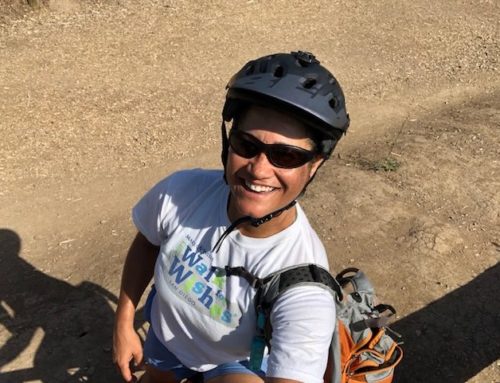The more muscle a person has, the greater their metabolism is, which equates to the faster they burn calories. However, resistance training to build muscle is only one part of the equation. The other parts are cardiovascular conditioning and healthy eating. A lot of men that I have encountered feel that weight training is the only thing they need to do in order to get in shape, but wonder why they can never achieve the definition that comes as a result of adding cardio conditioning and healthy eating. If you are not dedicating enough time to any one of these three elements, you will most likely not achieve the results you strive for. Having said that, this edition’s column is dedicated to the importance of cardiovascular conditioning for fat burning.
Once you reach your desired weight, you only need maintain it, which usually requires you do cardio about three times per week, every other day, for 20 minutes. However, if you are training for a sport, the frequency and duration will be much different. Assuming you are not training for a sport, you will need to put more into your cardio workouts until you reach your desired weight. Since fat is not your body’s first choice of fuel (carbohydrates are), you stand a better chance of tapping into your fat stores if you perform your cardio workouts first thing in the morning before eating. The duration of your workouts should be approximately 45 minutes, four or more days per week for maximum results in order to rid your body of excess fat.
That leads to the next area of importance—intensity. To maximize your results and burn the most calories you can, you need to train at a high enough intensity. This is assuming that don’t have any health problems. If you do, consult with your physician before preceding any further. However, if you are healthy, begin whatever method of cardio (walking, bicycling, etc…) you choose at a moderate pace, and then progress from there. Once you have gotten your body used to the exercise, it is time to step it up a notch. If you are a veteran and have been exercising for a number of years, you can skip the slow start and begin with the next step, which is exercising in your training zone. To calculate your training zone, following the steps below:
1) Take the number 220, and subtract your age, then subtract your resting heart rate
2) Multiply that by (.5) and then add your resting heart rate back in. This gives you the low end of your training zone
3) Do the same calculation again, but use (.65) rather than (.5) to calculate the high end
Your final training zone may look something like 130-150 beats per minute, just for an example. Your job is to try to keep your exercising pulse in this zone for the duration of your cardio workout. Remember to warm up in the beginning and cool down at the end for three to five minutes. I was conservative when calculating your training zone, so after you achieve your desired weight, change the above numbers to (.6) for the low end and (.75) for the high.
Remember, cardiovascular conditioning is just one part of the whole fitness equation. Resistance training and healthy, supportive eating make up the other parts. Then throw in the all-important variables like consistency, proper rest, and supplementation to balance everything out!
Copyright © 2010 Optimum Condition. All rights reserved. Melissa Allen, CPT, BS, CES is a certified personal trainer, corrective exercise specialist and Medifast health coach, is the owner of the Optimum Condition Corrective Exercise & Performance Center, located in El Cajon, in the East County of San Diego. We specialize in customized fitness training and corrective exercise for both recreational athletes and post-rehab clients, as well as guaranteed weight loss programs or your money back. You can schedule a free consultation to help you get started. Please visit her website at OptimumCondition.org.





